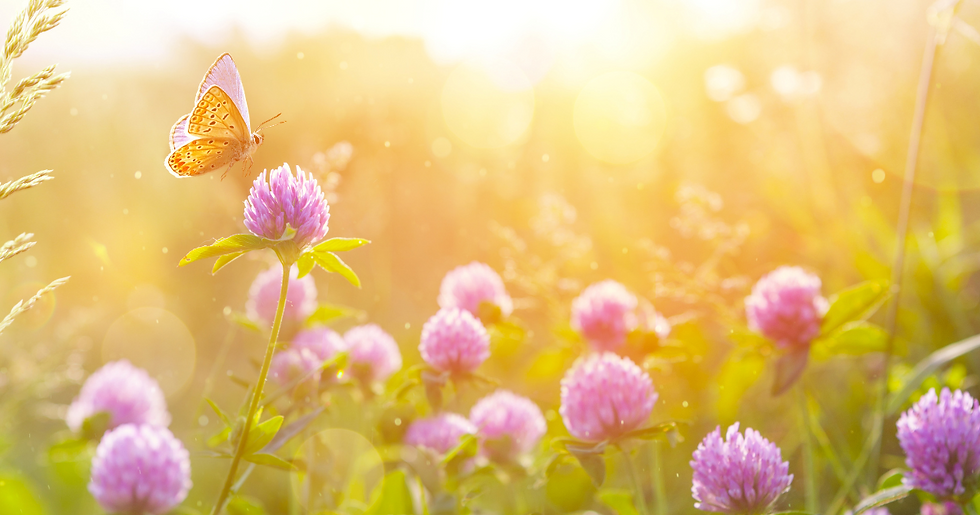Gardencalendar August
- MAYA
- Sep 9
- 2 min read
August is a month when your garden is in full bloom. The sun shines brightly, flowers are flourishing, and harvest season is in full swing. But that also means your plants may need a little extra care. With these practical tips, you can ensure your garden continues to thrive in late summer and also lay a strong foundation for the next growing season.
Give your crops enough water and nutrients
Especially on hot days, it’s important to keep an eye on your plants. Water them on time, preferably early in the morning or in the evening, so it doesn’t evaporate immediately. Also, consider extra nutrition: plants that are growing vigorously or producing fruit require more energy.
Plan ahead: sow for next year
It may seem early, but August is the perfect time to start sowing for the next season. Vegetables such as spring onions, chard, and various types of cabbage can be sown now. This gives them a head start and allows you to enjoy an earlier harvest next year.
Lawn care in August
Mow your lawn once or twice a week. If it’s very hot and dry, leave the grass slightly longer, about five centimeters, to prevent burning and drying out. Mow in the evening to avoid stressing the lawn in the heat.
For a neat and tidy look, trim the edges of your lawn with an edging tool. After all, presentation matters!
Care for your vegetable garden
If you have a grapevine, it’s wise to remove some leaves around the grape clusters. This allows more sunlight to reach the grapes, promoting better ripening and sweeter fruit. Only cut leaves that hang directly in front of the clusters.
After harvesting, it’s time for proper pruning. Cut back branches that bore fruit this year all the way to the ground. This encourages the growth of new, fruitful branches for next year.
(Sun)flowers in the garden in August
Sunflowers grow rapidly in August. Give them extra water and nutrients and support them with a stake or trellis to prevent them from breaking in strong winds.
Regularly remove faded flowers to keep your blooming plants looking beautiful longer. The plant then redirects its energy from seed production to producing new flowers.



Comments